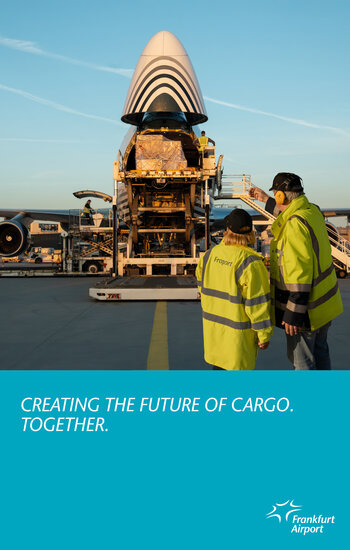When you ask ChatGPT a question or watch Gemini generate an image, it feels like pure digital magic. But here’s what most people miss: behind every AI conversation lies massive hardware that is built, shipped, and installed across the world — and much of it ships by air cargo.
Our author, Sabari Ramnath, Director for Travel and Transport Solutions, Unisys, sheds light on the topic.

The physical reality of Artificial Intelligence:
We think of AI as software living in the cloud. The reality is far more tangible. Every time you interact with tools like Grok, Gemini, or ChatGPT, you’re actually connecting to massive data centers packed with specialized chips, working in perfect coordination to answer your query in seconds.
These aren’t ordinary computer chips. A single ChatGPT conversation might engage thousands of NVIDIA GPUs—processors like the A100 or H100—running trillions of calculations simultaneously. Each of these chips contains hundreds of gigabytes of ultra-fast memory and connects through specialized networks that move data at extraordinary speeds.
This infrastructure doesn’t materialize through software updates. It requires manufacturing capacity, global coordination, and time-critical logistics. The semiconductor industry posted 19.1% growth in 2024, with AI processors driving a market expanding at 23% CAGR toward $457 billion by 2030. These aren’t projections. These are purchase orders being fulfilled right now.
The new geography of competitive advantage
The AI supply chain has created trade flows that didn’t exist a few years ago. Most AI chips begin their life in Taiwan, where TSMC fabricates NVIDIA’s cutting-edge processors. High-bandwidth memory chips are manufactured in Korea. These components then fly to assembly facilities and, ultimately, to data centers in the United States, Europe, and beyond.
This isn’t just any cargo. These chips represent some of the most valuable freight in the sky today. A single shipping container of AI processors can be worth tens of millions of dollars. More importantly, they’re time-sensitive. In the race to build AI capacity, every day matters. Companies can’t wait weeks for ocean freight. They need these components installed and running now.
Airlines reimagine their mission
Smart airlines saw this coming and adapted quickly. They’re no longer just moving packages—they’re becoming critical infrastructure for the AI revolution.
Qatar Airways launched TechLift in 2024, a specialized service built specifically for microchips and electronics [Link]. The program uses shock-proof packaging and climate-controlled containers because these chips are extraordinarily sensitive. A temperature spike or a hard jolt can destroy millions of dollars of cargo.
Lufthansa Cargo became the first airline to join Silicon Saxony, Europe’s largest association of companies in microelectronics, semiconductors, and IT [Link]. DHL Global Forwarding Japan running dedicated charter flights for sensitive semiconductor equipment [Link].
These aren’t small adjustments. Airlines and Forwarders are redesigning supply chain, creating priority loading procedures, and expanding freighter fleets specifically to serve AI hardware demand.
Why this moment matters for the air cargo industry
AI hardware has emerged as the new engine driving air freight expansion. This represents a fundamental restructuring of global trade patterns.
New supply chains have materialized seemingly overnight. Korean memory manufacturers ship to Taiwan, where components integrate with TSMC-fabricated GPUs, which then fly to American data centers. These routes didn’t exist five years ago. Today, they’re among the most valuable trade lanes in the world.
For executives across industries, the implications are profound. The companies building AI infrastructure today are reshaping logistics networks, creating new geopolitical dependencies, and demonstrating that digital transformation still requires physical movement at massive scale.
The Bottom Line: Every AI query connects you not just to code, but to a global supply chain of factories, cargo planes, and engineers. The intelligence may be artificial—but the supply chain powering it is very real. So, embrace the future—it’s already in motion.




